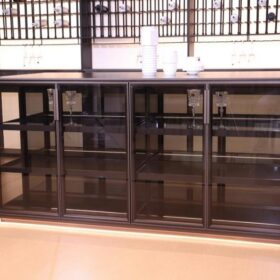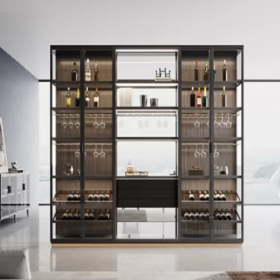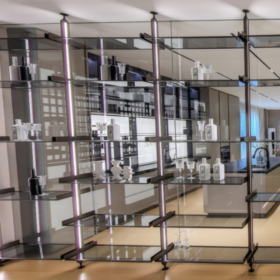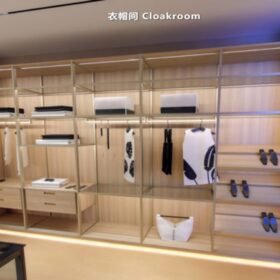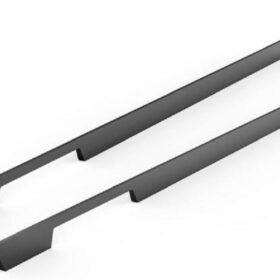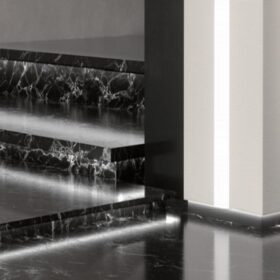Comparing Different Types of Aluminum Window Profiles
Comparing Different Types of Aluminum Window Profiles: Unveiling the Hidden Truths
In the world of architectural wonders, aluminum window profiles stand as unsung heroes, silently defining the contours of our living spaces. From sleek skyscrapers to cozy cottages, these profiles play a pivotal role in shaping the character of any building. To understand their significance, let’s embark on a journey into the intricacies of aluminum window profiles, uncovering the secrets hidden within their frames.
Extrusion 101: The Birth of a Profile
Aluminum window profiles are born through the transformative process of extrusion. Molten aluminum is forced through a die, creating a continuous length of precisely shaped material. This extrusion process bestows upon the profile its unique shape and structural integrity.
Material Alloys: The Key to Strength and Durability
The strength and longevity of a window profile depend heavily on the aluminum alloy used in its construction. Common alloys include 6061, 6063, and 6060, each offering varying levels of corrosion resistance, impact resistance, and strength. Choosing the right alloy ensures that your windows withstand the test of time and environmental stressors.
Design Considerations: Aesthetic and Functionality
Beyond their structural capabilities, aluminum window profiles serve as the canvas for aesthetic expression. From traditional rectangular frames to sleek arched profiles, the design possibilities are endless. The profile’s depth, thickness, and shape directly influence the appearance and functionality of the window, affecting factors such as light penetration, insulation, and ventilation.
Surface Treatments: Enhancing Aesthetics and Protection
To enhance their appearance and provide additional protection, aluminum window profiles can undergo various surface treatments. Powder coating, anodizing, or painting add a layer of color and resistance to corrosion, oxidation, and abrasion. The choice of surface treatment should align with the desired aesthetic and the specific environmental conditions the window will face.
Thermal Performance: Keeping the Heat In, the Cold Out
Thermal performance is crucial for energy efficiency. Aluminum window profiles can be designed with thermal breaks or insulated inserts to minimize heat transfer. These features reduce energy loss, leading to lower heating and cooling costs while maintaining a comfortable indoor environment.
Conclusion
The choice of aluminum window profiles is not merely an aesthetic decision. It involves understanding the complex interplay between material properties, design considerations, and surface treatments. By carefully considering these factors, architects and homeowners can select profiles that not only enhance the building’s appearance but also provide exceptional performance, durability, and thermal efficiency. In the realm of architectural design, aluminum window profiles emerge not just as structural elements but as silent guardians of comfort, style, and energy efficiency.
-
2024-11-29Top Trends in Modern Kitchen Cabinet Pulls for 2024
-
2024-11-28The Ultimate Guide to Modern Kitchen Cabinet Pulls- Materials, Styles, and Tips
-
2024-11-27Elevate Your Kitchen Design with These Must-Have Modern Cabinet Pulls
-
2024-11-26Sleek and Stylish- The Best Modern Kitchen Cabinet Pulls for a Contemporary Look


